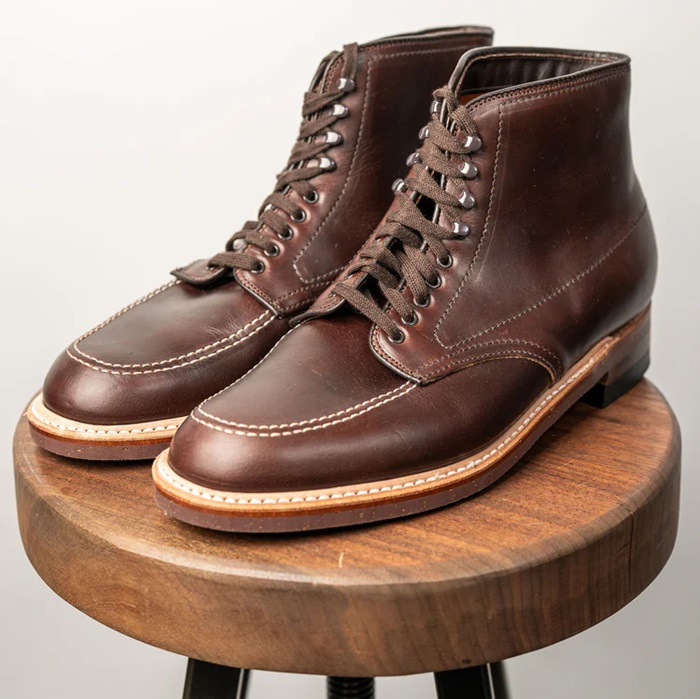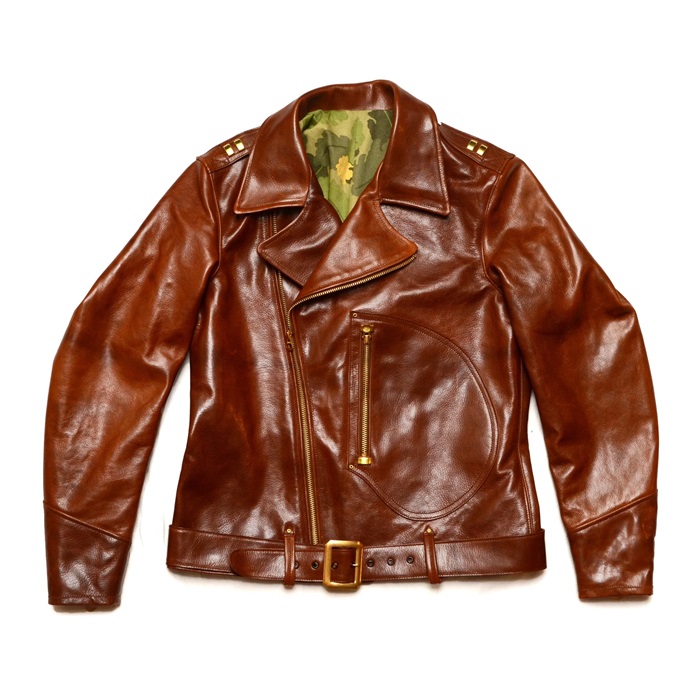Alan Eardley
One Too Many
- Messages
- 1,500
- Location
- Midlands, UK
nightandthecity said:However, I believe that the US Army did a series of tests between the wars in which horsehide beat cowhide on most counts (and if I remember rightly goatskin won hands down). I’m pretty sure this is why horse was selected for the A-2...unfortunately I can’t find the source at the moment to check.
Of course, controlled long term tests have never been done and probably couldn’t be done, but my own experience based on the hundreds of leather jackets I’ve handled over the years is that horsehide does seem to wear better than cow. I‘m also inclined to think that cow is more susceptible to red-rot as well. And yes, my experience tallies with the US Army tests: goatskin seems to wear better than either.
Yes, in Britain horsehide was rarely used pre-Eastman/Aero. Nor did we favour heavy hides for leather jackets until the mid-1950s. Most of the 1930s-40s era British leather jackets I’ve had have been made from (by US standards) fairly lightweight leathers. Labels never say what leather, but my feeling is that they are often calf, kid or lamb.
Sweeting refers to the tests in Compat Flying Clothing. Infuriatingly, he gives the date they started (September 1930) but only says that, 'Leather came out best...' implying that the other materials were textiles. I think it is Parsons and Nelson in Hell Bent for Leather who list the different leathers in terms of durability (they rate goat higher than horse and horse higher than cow) but they don't quote a source and since kangaroo leather is on their list I'm inclined to think it wasn't September 1930! Neither source described the tests, but abrasion seems to feature.
With probably similar experience to yourself, I would agree with your feelings about the ranking. Red rot (or heat) is a bacterial infection and is usually attributed to poor storage before the tanning process starts. I have noticed that sheepskin seems very proned to it, but I have never considered that cow may be more prone that horse. Maybe you're right.
Lightweight leathers are probably tougher because they are usually top grain split (goat almost invariably is) and there is less internal friction to break them down. Yes, old British and German garment manufacturers rarely if ever refered to the hide their garments are made from. That makes you wonder if the tanners did either... Calf was very popular for short jackets with small panels, which, coincidentally, is the most like horsehide in consistency and appearance...
Alan


